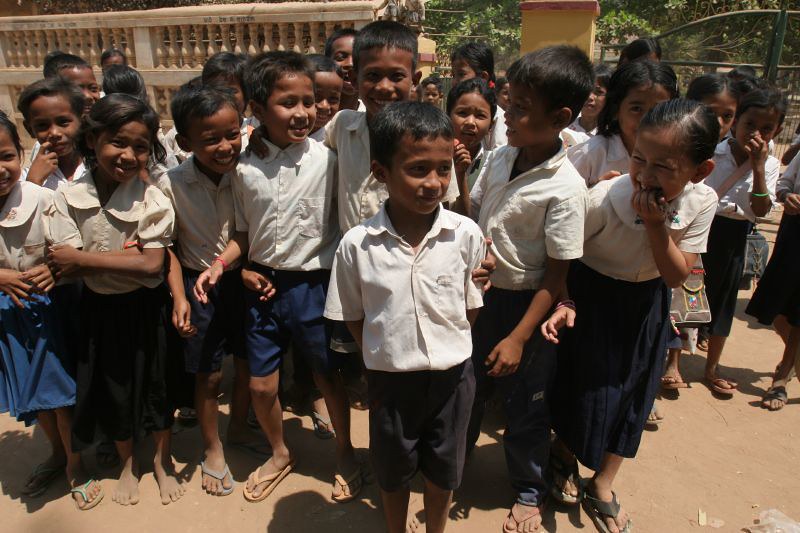 More than 8% of the world’s primary school-aged children do not attend school. That is 58.4 million children who rarely have the opportunity to learn how to read and write, let alone develop the skills necessary to thrive economically. Education opens doors for jobs and resources, promotes healthier lifestyles through more knowledge of nutrition and disease and provides a safer space for young children, typically leading to lower mortality rates and an increase in the age of pregnancy. Overall, education can address the most pressing matters of poverty.
More than 8% of the world’s primary school-aged children do not attend school. That is 58.4 million children who rarely have the opportunity to learn how to read and write, let alone develop the skills necessary to thrive economically. Education opens doors for jobs and resources, promotes healthier lifestyles through more knowledge of nutrition and disease and provides a safer space for young children, typically leading to lower mortality rates and an increase in the age of pregnancy. Overall, education can address the most pressing matters of poverty.
The United Nations is continuously working to meet the educational needs of the millions of children who do not currently receive the benefits of education. Most of these children cannot attend school due to a lack of qualified teachers, inadequate teaching materials and poor sanitation. These obstacles are magnified when a nation faces further turmoil. The Education Cannot Wait (ECW) program provides education to children in the most uncertain times of emergencies and protracted crises. Here are three examples of how the ECW provides education despite conflict, climate disasters and epidemics.
#AfghanGirlVoices
The Taliban authorities regained power in Afghanistan in 2021. Since then, Afghanistan has been internationally isolated, sinking the country further into poverty and reversing previous social and economic development. Recently, a fundamental right has been stripped from women: education. The Taliban has banned all women above the age of 12 from attending school, stripping females of their aspirations and potential.
The Education Cannot Wait program implemented #AfghanGirlVoices as an outlet for Afghan women to share their resilient opinions about their position in the education system. The campaign is amplifying women’s voices to condemn the violation of their education and to advocate for the institution of female education in Afghanistan.
COVID-19’s Effect on Kenyan Education
It is estimated that nine in ten Kenyan children from low-income families never attend school. Inadequate facilities and teaching materials contribute to this lack of education. It is exacerbated by limited health and medical materials, making it difficult for those struggling with diseases like HIV or even girls on their period to attend school. COVID-19 disrupted education by completely shutting down schools with no measures to enforce the necessary sanitation. Additionally, those in low-income areas had no means to participate in a remote education.
To combat the effect of COVID-19 on education in Kenya, Education Cannot Wait launched the First Emergency Response (FER) program. The program provided remote learning resources, as well as new water, sanitation and hygiene (WASH) facilities to make education more accessible despite epidemics. FER helped train 1,733 teachers on new subjects and curriculum knowledge. Additionally, they provided 11,050 adolescent girls with female hygiene kits, allowing them to attend school all weeks of the school year.
Natural Disasters
Natural disasters, such as floods, hurricanes and typhoons, constantly threaten education. In 2011, 11,000 schools were destroyed in Pakistan due to extreme flooding. Lower educational attainment is seen among many communities that have faced natural disasters. Aside from the destruction of schools, malnutrition, injury, economic challenges and human displacement reduce school attendance after a natural catastrophe.
Education Cannot Wait invests heavily in communities facing natural disasters. The program constructs temporary learning spaces, provides learning materials, rebuilds damaged schools and offers both mental and physical health support facilities. The ECW goes beyond investments to prepare nations for catastrophes and mobilizes the community to respond to crises.
The ECW designs educational systems that integrate disaster risk reduction and green economy knowledge while empowering youth to advocate for their community and their necessary resources.
– Aliya French
Photo: Flickr


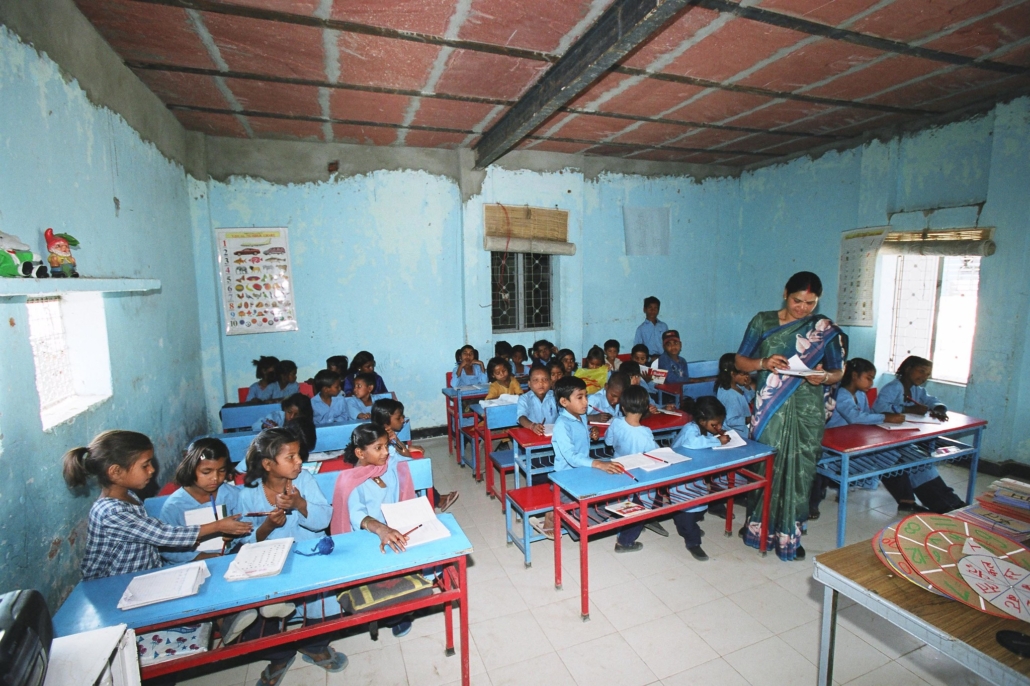
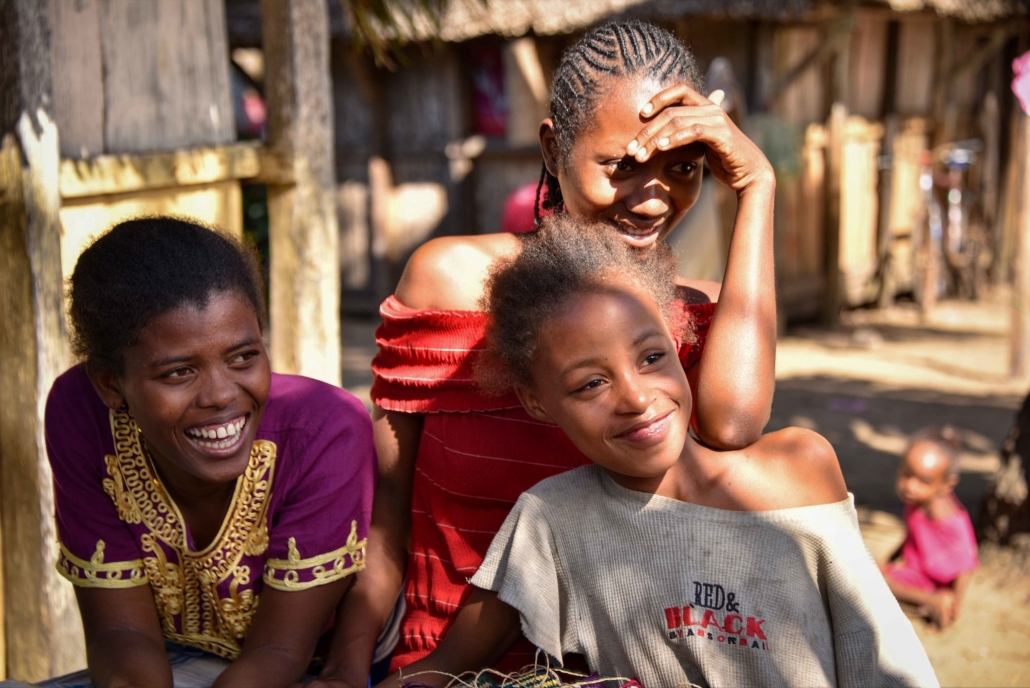 Poverty levels in Madagascar have remained persistently high for an extended period. In 2012, an alarming 80.7% of the population lived below the international extreme poverty line of $2.15 per day. A decade later, there has been only a slight decrease to
Poverty levels in Madagascar have remained persistently high for an extended period. In 2012, an alarming 80.7% of the population lived below the international extreme poverty line of $2.15 per day. A decade later, there has been only a slight decrease to 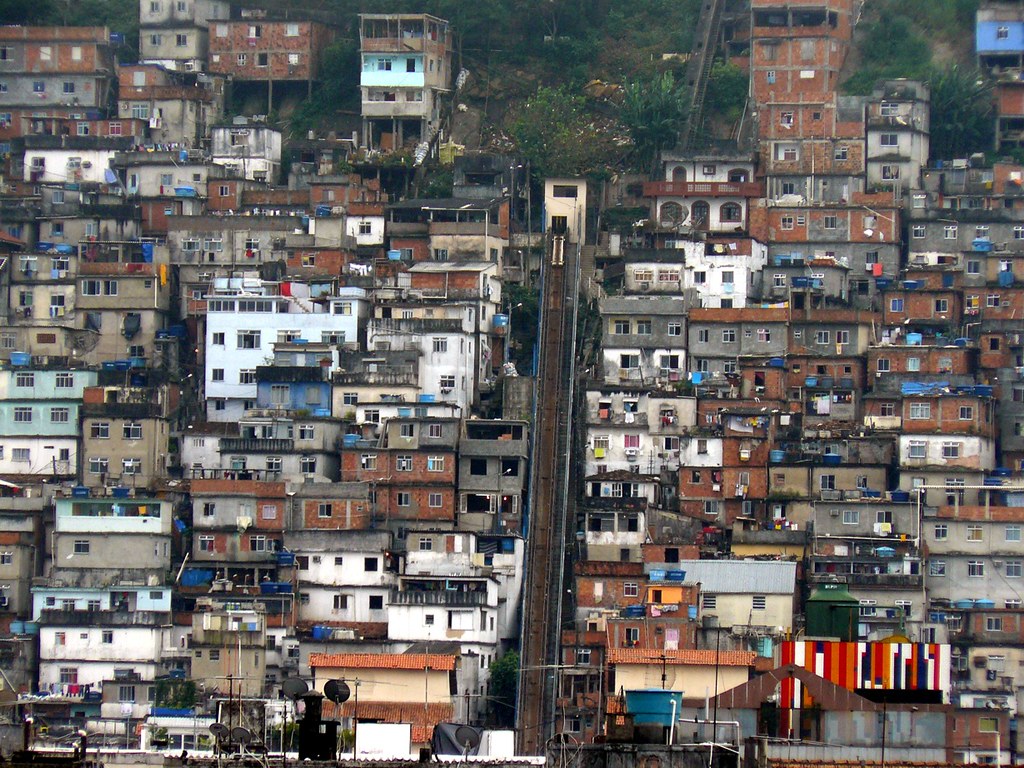
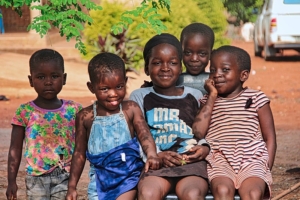 While many nonprofits do great work that impacts the lives of many people, not all nonprofit organizations receive an adequate amount of spotlight for their work. This article puts a spotlight on
While many nonprofits do great work that impacts the lives of many people, not all nonprofit organizations receive an adequate amount of spotlight for their work. This article puts a spotlight on 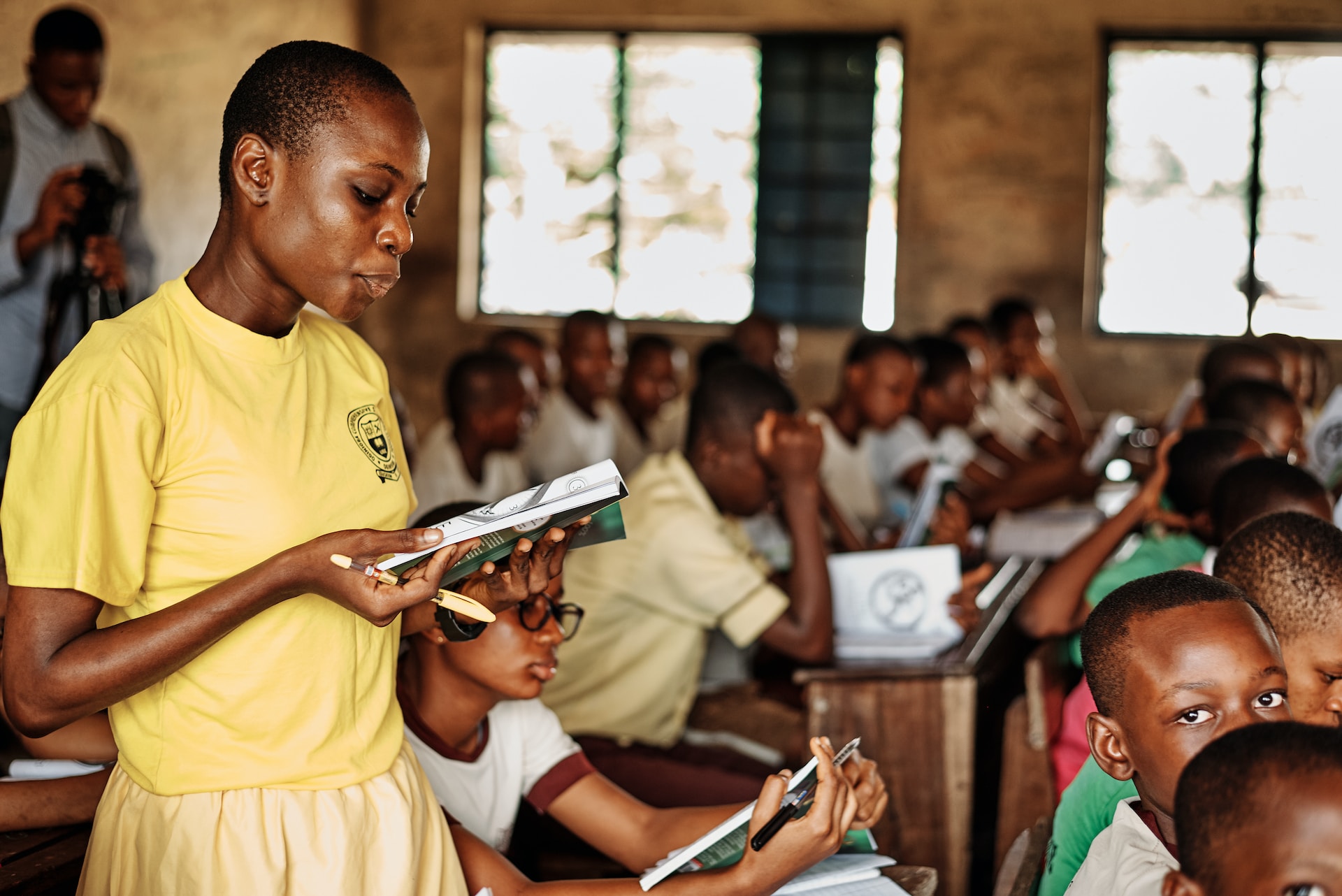 On the
On the 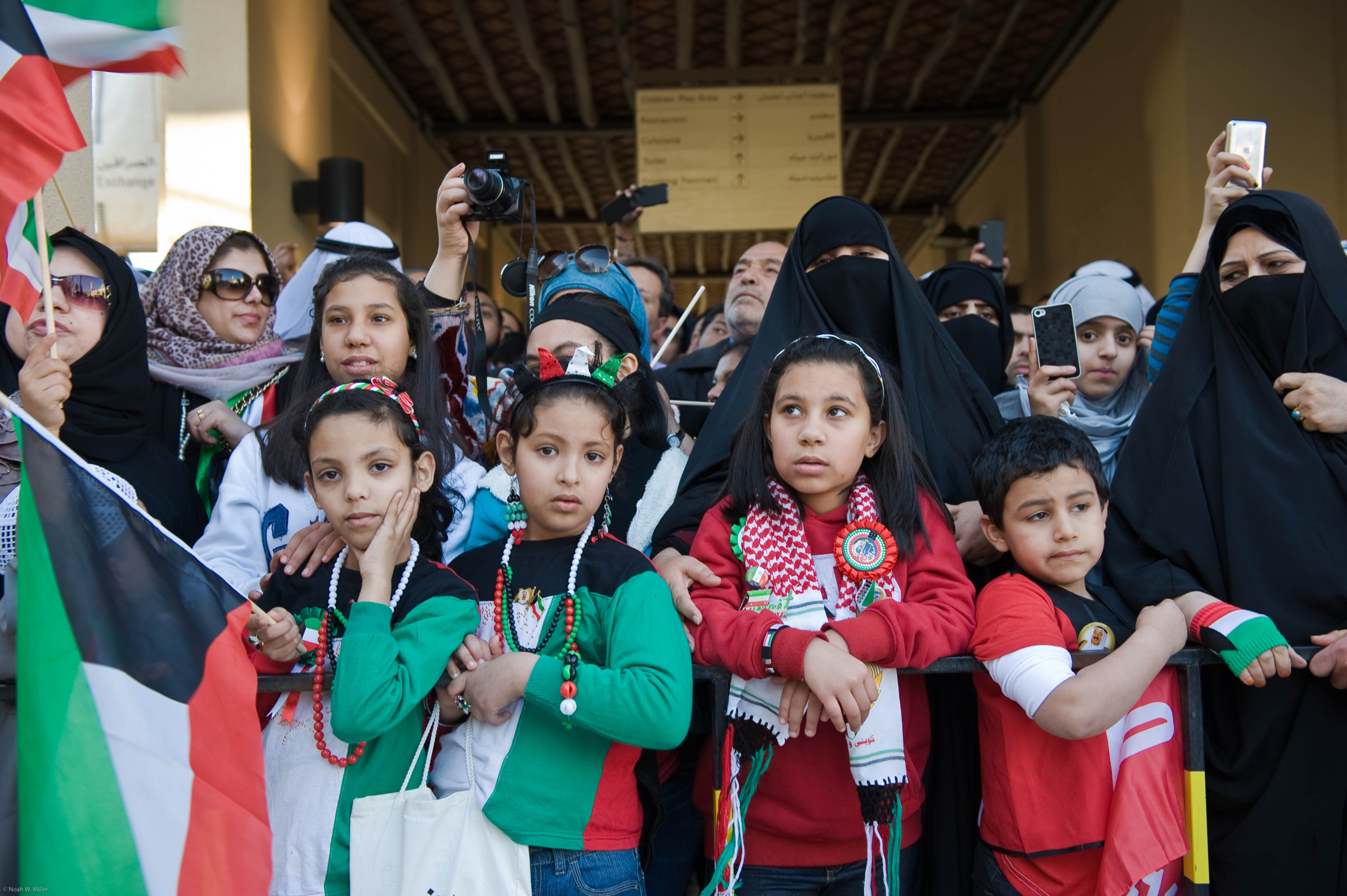 Kuwait is known for its wealth, hovering around the top five wealthiest countries. Kuwait’s geographic location and access to oil reserves have boasted Kuwait to be one of
Kuwait is known for its wealth, hovering around the top five wealthiest countries. Kuwait’s geographic location and access to oil reserves have boasted Kuwait to be one of  Madagascar’s Grand Sud region, the country’s poorest area, faced severe hardship due to a devastating drought spanning from 2013 to 2015, followed by a 75% drop in rainfall in 2016, leading to a loss of 95% of crops, pushing more than a million people into food insecurity. Rainfall gaps in 2018, 2019 and 2020, compounded by the impact of COVID-19, have exacerbated this crisis.
Madagascar’s Grand Sud region, the country’s poorest area, faced severe hardship due to a devastating drought spanning from 2013 to 2015, followed by a 75% drop in rainfall in 2016, leading to a loss of 95% of crops, pushing more than a million people into food insecurity. Rainfall gaps in 2018, 2019 and 2020, compounded by the impact of COVID-19, have exacerbated this crisis. As conflicts continue to run rampant, people are forced to flee and abandon their homes. In a new world of uncertainty, children’s fundamental right to education is being denied.
As conflicts continue to run rampant, people are forced to flee and abandon their homes. In a new world of uncertainty, children’s fundamental right to education is being denied.